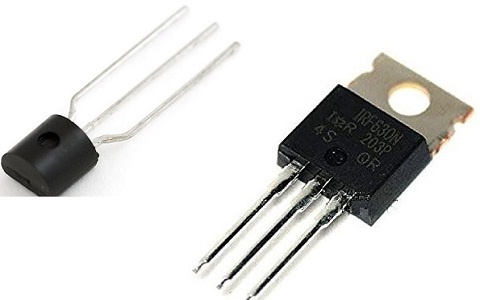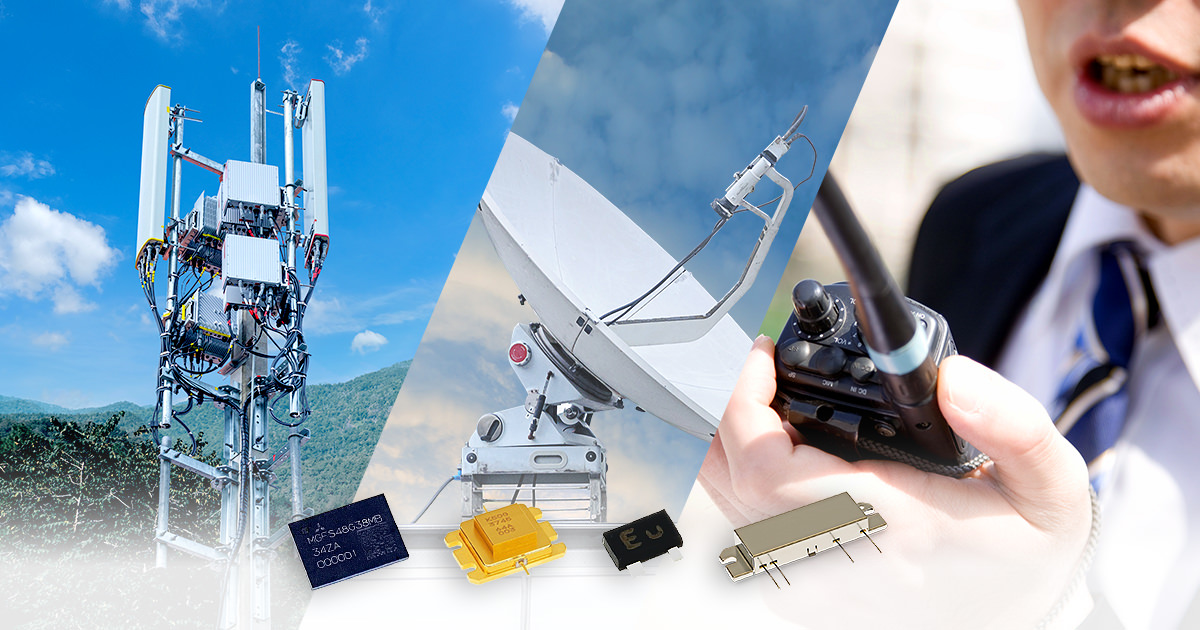Follow along with the video below to see how to install our site as a web app on your home screen.
Note: This feature may not be available in some browsers.
Almost everyone?.Does anyone still use BJT's anymore?
Good cause I was concerned. I seems like most amps and inverters have strictly moved to MOSFETs.

Would there be a benefit to using a fet (or a derivative them) on an receivers front-end?As far as I'm aware most amps still use bipolar, unless you're talking Class-D amps? - there was a short term 'fad' for FET amplifiers, but it didn't last long, too expensive, too unreliable, and their supposed 'benefits' weren't true.
They have been popular at times, and less so at others, again, cost and reliability are issues - and FET's die much more easily.Would there be a benefit to using a fet (or a derivative them) on an receivers front-end?
I've never seen those before now, thanks.Some GASFETs and HEMTFETs have ludicrously good noise figures for UHF and microwave RF front ends..
eg.

High Frequency Devices | Semiconductors & Devices | Mitsubishi Electric
This page introduces GaN high-frequency devices and Silicon RF devices optimal for high-speed/high-capacity wireless communications systems.www.mitsubishielectric.com
3N204 ??For a while the standard front end in radio ham gear was a dual gate MOSFET
No, I've googled as well - it was the 406733N204 ??
>google<
Yep, that was it! I've a terrible memory for peoples faces and such, but make up for it with part numbers and numbers in general.
I remember that one, but the 3N204 is (or was) lower noise and higher frequency rated, a better 2m & 70cm front-end device.it was the 40673

